
Top 9 AWS Projects for Beginners with Source Code [2025]
Aug 26, 2025 9 Min Read 8332 Views
(Last Updated)
Wondering what can get you picked for job interviews? AWS projects for beginners offer an excellent starting point to master the world’s leading cloud platform and validate the skills you’ve mastered. Building hands-on AWS project experience is undoubtedly one of the most effective ways to stand out.
Throughout this guide, you’ll discover 9 beginner-friendly aws project ideas that come with complete source code. Additionally, each project section includes key features, the tech stack used, and specific skills you’ll develop along the way. Let’s begin!
Table of contents
- Top 9 AWS Projects
- AWS Project 1. Website Hosting with Amazon S3 and CloudFront
- AWS Project 2. Mass Emailing System using AWS Lambda and SES
- AWS Project 3. Build a Chatbot using Amazon Lex and Lambda
- AWS Project 4. Create a Text-to-Speech App using Amazon Polly
- AWS Project 5. Deploy a Face Recognition App with Amazon Rekognition
- AWS Project 6. Build a Serverless Web App with AWS Amplify
- AWS Project 7. Real-Time Sentiment Analysis using Twitter and Comprehend
- AWS Project 8. Deploy a Kubernetes Cluster on EC2 Spot Instances
- AWS Project 9. Build a Student Issue Tracker App with AWS Amplify
- Concluding Thoughts…
- FAQs
- Q1. What are some beginner-friendly AWS projects to start with?
- Q2. How can I gain practical AWS experience as a beginner?
- Q3. What skills will I develop through AWS projects?
- Q4. Are AWS certifications still valuable in 2025?
- Q5. How can I build a cost-effective AWS project?
Top 9 AWS Projects
These beginner-friendly AWS projects are designed to help you build practical cloud skills using real services like Lambda, S3, and Rekognition. Each project comes with source code and introduces a unique AWS use case—from hosting static websites to building AI-powered apps.
![Top 9 AWS Projects for Beginners with Source Code [2025] 1 Top 9 AWS Projects](https://www.guvi.in/blog/wp-content/uploads/2025/08/Top-9-AWS-Projects-1200x628.png)
AWS Project 1. Website Hosting with Amazon S3 and CloudFront
Starting your cloud journey with a static website project is the perfect first step. This project teaches you how to host a website using Amazon S3 (Simple Storage Service) and CloudFront, creating a reliable, secure, and high-performance solution.
![Top 9 AWS Projects for Beginners with Source Code [2025] 2 Website Hosting with Amazon S3 and CloudFront](https://www.guvi.in/blog/wp-content/uploads/2025/08/Website-Hosting-with-Amazon-S3-and-CloudFront-1200x628.png)
Project Duration: 1 week
Key Features:
Creating a website with S3 and CloudFront offers several powerful advantages:
- Global content delivery – CloudFront serves your website from edge locations worldwide, dramatically reducing latency and improving user experience
- Enhanced security – CloudFront restricts access to your S3 bucket, making your applications more secure
- Cost-effective data transfers – AWS doesn’t charge for data transfers between S3 and CloudFront, making this hosting solution budget-friendly
- HTTPS support – While S3 static websites support only HTTP endpoints, CloudFront provides HTTPS capability for improved security
Tech Stack or Technologies Used:
This project utilizes several core AWS services:
- Amazon S3 – Object storage service that stores and retrieves website files
- Amazon CloudFront – A Content delivery network that distributes website content globally
- AWS Certificate Manager – For SSL/TLS certificates to secure your website (optional)
- Amazon Route 53 – DNS service for routing traffic to your CloudFront distribution (optional)
For the website itself, you’ll use standard web technologies:
- HTML/CSS – For creating website structure and styling
- JavaScript – For client-side interactivity (optional)
Skills you’ll develop:
By completing this project, you’ll gain practical experience with:
- AWS service configuration – You’ll learn how to set up and connect multiple AWS services to create a complete solution
- Website deployment – You’ll master the process of uploading and managing website files in a cloud environment
- Security implementation – Through configuring bucket policies and CloudFront settings, you’ll understand how to secure cloud resources
- Performance optimization – You’ll learn how CDNs improve website speed by distributing content from edge locations near users
- Cost management – This project demonstrates how to build cloud solutions while controlling expenses through appropriate service choices
- DNS configuration – If you add a custom domain, you’ll develop skills in managing DNS settings
Source Code Link: Website Hosting with Amazon S3 and CloudFront
AWS Project 2. Mass Emailing System using AWS Lambda and SES
Email communication remains a cornerstone of modern business operations. In this project, you’ll build a scalable mass emailing system that can send personalized messages to thousands of recipients simultaneously.
![Top 9 AWS Projects for Beginners with Source Code [2025] 3 Mass Emailing System using AWS Lambda and SES](https://www.guvi.in/blog/wp-content/uploads/2025/08/Mass-Emailing-System-using-AWS-Lambda-and-SES-1200x628.png)
Project Duration: 2 weeks
Key Features:
- High-volume delivery – Send emails to thousands of recipients with Amazon SES, which handles more than a trillion emails annually for companies like Netflix and Duolingo
- Pay-per-use pricing – You only pay for emails you send, making this cost-effective for beginners
- Personalization capability – Create targeted marketing campaigns with custom variables that automatically adapt for each recipient
- Scheduling options – Configure CloudWatch Events to trigger your Lambda function at specific times
Tech Stack or Technologies Used:
This project combines several powerful AWS services:
- Amazon Simple Email Service (SES) – Cloud-based email service for sending high-volume emails
- AWS Lambda – Serverless compute service that runs your code in response to events
- Amazon S3 – Object storage for email templates and contact lists
- Amazon CloudWatch Events – For scheduling email campaigns at specific times
- AWS IAM – Identity and Access Management for setting appropriate permissions
For development, you’ll work with:
- Python, Node.js, or Ruby – For writing Lambda function code
- JSON – For data formatting and template configuration
What skills you’ll develop:
By completing this email system project, you’ll gain practical experience with:
- Serverless architecture – You’ll learn how to build applications without managing servers, an essential skill for modern cloud development
- API integration – Through implementing the SES SendEmail or SendBulkEmail APIs, you’ll understand how to work with AWS service APIs
- Event-driven programming – You’ll develop the ability to create systems that respond to triggers rather than running continuously
- Email deliverability – You’ll master the technical aspects of ensuring emails reach recipients’ inboxes rather than spam folders
- Identity verification – The project teaches you how to verify email identities, a critical security concept in cloud services
- IAM permission management – You’ll learn to create and manage precise permissions for your Lambda functions
Source Code Link: Mass Emailing System using AWS Lambda and SES
AWS Project 3. Build a Chatbot using Amazon Lex and Lambda
Conversational interfaces are changing how users interact with applications, and Amazon Lex makes this technology accessible to beginners. This project helps you build an intelligent chatbot that can understand natural language and perform actions based on user requests.
![Top 9 AWS Projects for Beginners with Source Code [2025] 4 Build a Chatbot using Amazon Lex and Lambda](https://www.guvi.in/blog/wp-content/uploads/2025/08/Build-a-Chatbot-using-Amazon-Lex-and-Lambda-1200x628.png)
Project Duration: 2 weeks
Key Features:
Building a chatbot with Amazon Lex and Lambda provides several powerful capabilities:
- Natural language understanding – Powered by the same technology behind Alexa, Lex processes conversational text and voice inputs with advanced NLU capabilities
- Multi-channel deployment – Deploy your chatbot across mobile apps, websites, and messaging platforms like Facebook Messenger, Slack, and Twilio SMS
- Pay-as-you-go pricing – With no upfront commitments or minimum fees, you only pay for what you use, making it ideal for beginners
- Omnichannel engagement – Handle customer queries across channels, including chat and phone
Tech Stack or Technologies Used:
This project combines several AWS services:
- Amazon Lex – Fully managed service for building conversational interfaces with advanced natural language models
- AWS Lambda – Serverless compute service that runs your code in response to events
- Amazon S3 – Object storage service for storing conversation transcripts or training data (optional)
- AWS Identity and Access Management (IAM) – For setting appropriate permissions
- Amazon CloudWatch – For monitoring and debugging your chatbot
For development, you’ll use:
- Python, Node.js, or another supported language – For writing Lambda function code
- JSON – For configuring the response format
What skills you’ll develop:
Through this chatbot project, you’ll gain valuable experience with:
- Conversation flow design – You’ll learn to structure dialogs by defining intents, utterances, slots, and prompts
- Natural Language Processing (NLP) – The project teaches you how machines understand and process human language
- Serverless architecture – You’ll deepen your understanding of event-driven programming initiated in Project 2
- API integration – By connecting Lex with Lambda, you’ll master service-to-service communication
- User experience design – You’ll develop skills in creating intuitive conversational interfaces
Source Code Link: Build a Chatbot using Amazon Lex and Lambda
AWS Project 4. Create a Text-to-Speech App using Amazon Polly
Text-to-speech technology has become increasingly vital for creating accessible applications, and Amazon Polly offers beginners a perfect entry point into this fascinating field. This simple AWS project helps you build an application that converts written text into lifelike, human-sounding speech, opening up possibilities for audiobook creation, accessibility tools, and interactive voice experiences.
![Top 9 AWS Projects for Beginners with Source Code [2025] 5 Create a Text to Speech App using Amazon Polly](https://www.guvi.in/blog/wp-content/uploads/2025/08/Create-a-Text-to-Speech-App-using-Amazon-Polly-1200x628.png)
Project Duration: 2 weeks
Key Features:
- Lifelike speech synthesis – Powered by advanced deep learning technologies that create remarkably human-sounding voices with natural intonation
- Multilingual support – Access to 100+ male and female voices across 40+ languages and language variants
- Multiple voice engines – Choose from standard, neural, long-form, and generative voice options to suit different use cases
- Speech Synthesis Markup Language (SSML) – Control aspects like pronunciation, volume, pitch, and speech rate for more natural output
Tech Stack or Technologies Used:
This project combines several AWS services and technologies:
- Amazon Polly – The core service that converts text into lifelike speech
- AWS Lambda – For serverless processing of text input and handling Polly API calls
- Amazon S3 – To store generated audio files for distribution or playback
- Amazon DynamoDB – For storing information about your text-to-speech conversions
- Amazon API Gateway – To create RESTful endpoints for your application
- AWS SDK – For programmatic interaction with Polly (available for JavaScript, Python, Java, etc.)
For the frontend development:
- HTML/CSS – For building the user interface
- JavaScript – For handling user interactions and API calls
- Web Audio API – For audio playback in browser-based applications
What skills you develop:
Through building this text-to-speech application, you’ll gain valuable experience with:
- Audio processing – You’ll learn how digital text gets transformed into natural-sounding speech, a fundamental concept in modern applications
- Serverless architecture – By connecting Lambda with Polly, you’ll strengthen your understanding of event-driven programming
- API integration – You’ll master making API calls to AWS services and handling responses effectively
- Speech customization – Through SSML implementation, you’ll understand how to fine-tune speech output for different scenarios
- Frontend-backend integration – Creating a complete application that connects user interfaces with cloud services
- User experience design – Developing intuitive interfaces for text input and audio playback
Source Code Link: Create a Text-to-Speech App using Amazon Polly
AWS Project 5. Deploy a Face Recognition App with Amazon Rekognition
Computer vision technologies are reshaping how applications interact with the world, and Amazon Rekognition puts powerful facial analysis capabilities within reach of beginner developers. This project shows you how to create an application that can detect, analyze, and compare faces in images and videos.
![Top 9 AWS Projects for Beginners with Source Code [2025] 6 Deploy a Face Recognition App with Amazon Rekognition](https://www.guvi.in/blog/wp-content/uploads/2025/08/Deploy-a-Face-Recognition-App-with-Amazon-Rekognition-1200x628.png)
Project Duration: 3 weeks
Key Features:
- Face detection and analysis – Detect faces in images and recognize attributes such as open eyes, glasses, and facial hair for each face
- Identity verification – Compare faces across images with a similarity score to verify if they belong to the same person
- Emotion recognition – Analyze faces to detect emotions such as happiness, sadness, anger, and surprise
- Facial landmarks mapping – Identify up to 30 landmarks, including eyes, nose, and mouth positions
Tech Stack or Technologies Used:
This AWS project idea combines several powerful services:
- Amazon Rekognition – The core service providing deep learning-based image and video analysis
- AWS Lambda – For serverless processing of image analysis requests
- Amazon S3 – To store images for analysis and processed results
- Amazon DynamoDB – For storing face metadata and recognition results
- Amazon API Gateway – To create RESTful endpoints for your application
- AWS IAM – For managing access permissions to Rekognition
For the frontend development:
- HTML/CSS – For building the user interface
- JavaScript – For handling image uploads and displaying results
What skills you’ll develop:
By building this face recognition application, you’ll gain valuable experience with:
- Machine learning implementation – You’ll learn how to integrate pre-trained AI models into applications without needing data science expertise
- Image processing – The project teaches you how to work with digital images, including uploading, analyzing, and storing them
- Advanced API integration – Through implementing Rekognition APIs like DetectFaces and CompareFaces, you’ll master complex service interactions
- Facial analysis interpretation – You’ll develop skills in working with facial attributes, landmarks, and emotion detection results
- Collection management – By creating and searching face collections, you’ll understand how to organize and retrieve visual data
Source Code Link: Deploy a Face Recognition App with Amazon Rekognition
AWS Project 6. Build a Serverless Web App with AWS Amplify
Full-stack development becomes remarkably accessible with AWS Amplify, a complete solution that combines frontend and backend capabilities in one unified platform. This project guides you through building and deploying a serverless web application with minimal infrastructure complexity.
![Top 9 AWS Projects for Beginners with Source Code [2025] 7 Build a Serverless Web App with AWS Amplify](https://www.guvi.in/blog/wp-content/uploads/2025/08/Build-a-Serverless-Web-App-with-AWS-Amplify-1200x628.png)
Project Duration: 3 weeks
Key Features:
- Unified development experience – Define your app’s data models, business logic, and authentication rules in TypeScript, and Amplify handles the cloud resource configuration
- Multi-platform support – Build applications for Web, iOS, Android, Flutter, and React Native with consistent backend connectivity
- Integrated hosting solution – Deploy server-side rendered (SSR) apps, static sites, and single-page applications (SPAs) with built-in CI/CD workflows
- Data synchronization – Implement on-device persistent storage that automatically syncs data between applications and the cloud via GraphQL
Tech Stack or Technologies Used:
This project leverages several core AWS services through the Amplify platform:
- AWS Amplify Console – For hosting and continuous deployment of your web application
- Amazon Cognito – Handles user authentication and authorization
- AWS AppSync/API Gateway – For GraphQL and REST API creation and management
- AWS Lambda – Provides serverless compute for custom business logic
- Amazon DynamoDB – NoSQL database for data storage
- Amazon S3 – Object storage for user-generated content and media files
- AWS IAM – Identity and Access Management for setting appropriate permissions
For development, you’ll use:
- JavaScript frameworks like React, Angular, or Vue.js for the frontend
- TypeScript for defining data models and backend logic
- Amplify CLI or Amplify Studio for configuration
What skills you’ll develop:
Building a serverless application with AWS Amplify cultivates several valuable cloud skills:
- Modern application architecture – You’ll understand how to structure applications using the serverless paradigm, eliminating infrastructure management concerns
- Full-stack development – The project bridges frontend and backend development, teaching you how these components interact in a cloud environment
- Authentication implementation – Through configuring user flows, you’ll grasp core identity concepts essential for secure applications
- Data modeling – By defining your application’s data structure, you’ll learn how information is organized and accessed in cloud applications
- CI/CD workflow management – The built-in deployment pipeline teaches you modern application delivery practices
Source Code Link: Build a Serverless Web App with AWS Amplify
AWS Project 7. Real-Time Sentiment Analysis using Twitter and Comprehend
Sentiment analysis represents one of the most practical applications of AI for businesses, and this project shows you how to implement it using Twitter data and Amazon Comprehend.
![Top 9 AWS Projects for Beginners with Source Code [2025] 8 Real Time Sentiment Analysis using Twitter and Comprehend](https://www.guvi.in/blog/wp-content/uploads/2025/08/Real-Time-Sentiment-Analysis-using-Twitter-and-Comprehend-1200x628.png)
Project Duration: 4 weeks
Key Features:
- Massive data processing – Analyze content from Twitter’s 550 million active users who generate over 500 million tweets daily
- Real-time insights – Process streaming social media data as it’s created to identify emerging trends and reactions
- Multi-language support – Detect and analyze sentiment across different languages with automatic translation
- Emotion detection – Identify specific emotions like happiness, sadness, anger, and surprise in social media posts
Tech Stack or Technologies Used:
This project integrates several AWS services into a powerful analysis pipeline:
- Amazon Comprehend – The core NLP service that detects sentiment, entities, key phrases, and language
- Amazon Kinesis – For collecting and processing streaming data from Twitter in real time
- AWS Lambda – Serverless functions that trigger analysis when new data arrives
- Amazon S3 – Storage for both raw and processed tweets
- Amazon Translate – Optional service to translate non-English tweets for analysis
For development:
- Python – Primary language for Lambda functions and data processing
- JSON – For data formatting between services
What skills you’ll develop:
During this AWS project for beginners, you’ll gain valuable experience with:
- Natural Language Processing – You’ll understand how machines interpret human language to extract meaning and sentiment
- Stream processing – Through implementing Kinesis, you’ll learn how to handle continuous data flows in real time
- Data pipeline construction – The project teaches you to build end-to-end data workflows from collection to visualization
- Business intelligence – By analyzing sentiment data, you’ll develop skills in extracting actionable insights from raw information
- Event-driven architecture – Using Lambda with streaming data deepens your understanding of responsive systems
- Data visualization – Creating dashboards with QuickSight helps you present complex findings in accessible formats
Source Code Link: Real-Time Sentiment Analysis using Twitter and Comprehend
AWS Project 8. Deploy a Kubernetes Cluster on EC2 Spot Instances
Kubernetes expertise is highly sought-after in cloud computing, and combining it with AWS Spot Instances offers an excellent opportunity to build advanced infrastructure skills while dramatically reducing costs. This project teaches you how to deploy a fully functional Kubernetes cluster using EC2 Spot Instances, which provide discounts of up to 90% compared to on-demand pricing.
![Top 9 AWS Projects for Beginners with Source Code [2025] 9 Deploy a Kubernetes Cluster on EC2 Spot Instances](https://www.guvi.in/blog/wp-content/uploads/2025/08/Deploy-a-Kubernetes-Cluster-on-EC2-Spot-Instances-1200x628.png)
Project Duration: 4 weeks
Key Features:
- Significant cost savings – Utilize excess AWS capacity at steep discounts compared to on-demand prices
- High availability architecture – Spread master nodes across three Availability Zones for fault tolerance
- Automatic scaling – Cluster Autoscaler adjusts node count based on resource needs
- Graceful interruption handling – AWS Node Termination Handler ensures workloads are properly drained before instance termination
Tech Stack or Technologies Used:
This project combines several powerful technologies:
- Amazon EC2 Spot Instances – Provides discounted compute capacity for your worker nodes
- Amazon EKS or kOps – For creating and managing your Kubernetes cluster
- AWS IAM – For managing access permissions
- Kubernetes Cluster Autoscaler – Automatically adjusts cluster size based on demand
- AWS Node Termination Handler – Gracefully handles Spot Instance interruptions
- CloudWatch – For monitoring your cluster’s health
What skills you develop:
Through this project, you’ll gain practical experience with:
- Container orchestration – Learn how Kubernetes manages containerized applications at scale
- Cost optimization – Develop strategies for running cloud workloads economically
- High availability design – Understand how to create fault-tolerant systems
- Infrastructure automation – Use tools to automate cluster provisioning and scaling
- Interruption handling – Implement resilient systems that can handle instance reclamation
Source Code Link: Deploy a Kubernetes Cluster on EC2 Spot Instances
AWS Project 9. Build a Student Issue Tracker App with AWS Amplify
Educational institutions need efficient ways to track and resolve student issues. In this project, you’ll create a student issue tracker application that helps manage complaints, requests, and feedback from students in an organized way.
![Top 9 AWS Projects for Beginners with Source Code [2025] 10 Build a Student Issue Tracker App with AWS Amplify](https://www.guvi.in/blog/wp-content/uploads/2025/08/Build-a-Student-Issue-Tracker-App-with-AWS-Amplify-1200x628.png)
Project Duration: 3 weeks
Key Features:
- Personalized development environments – Per-developer cloud sandboxes enable rapid iteration during development phases
- Type safety – Fullstack TypeScript capabilities provide schema validation and end-to-end type checking
- Real-time updates – Automatic syncing of frontend state with backend changes without manual WebSocket configuration
- Flexible authentication options – Choose from multiple auth strategies including passwords, social logins, and email links
Tech Stack or Technologies Used:
This student issue tracker project combines powerful AWS services through Amplify:
- AWS Amplify – Primary framework for building and deploying the application
- Amazon Cognito – Handles user authentication and role-based access
- AWS AppSync – Provides GraphQL API for real-time data operations
- Amazon DynamoDB – NoSQL database for storing issue records
- AWS Lambda – Functions for issue processing logic and notifications
- Amazon S3 – Stores attachments like screenshots or documents
What skills you’ll develop:
Through building this practical application, you’ll gain valuable experience with:
- Data modeling – Define issue schemas and relationships between entities
- Access control implementation – Create systems that restrict data based on user roles
- Form handling – Build validated input forms with error management
- State management – Maintain application state across components
- Deployment automation – Deploy full-stack applications directly from Git repositories
- Cloud resource configuration – Provision and manage AWS resources through Amplify’s abstraction layer
Source Code Link: Build a Student Issue Tracker App with AWS Amplify
Looking to master AWS from the ground up? GUVI’s AWS Fundamentals Course is the perfect companion to these projects, offering hands-on training, real-world use cases, and certification-ready content to boost your cloud career. Start building confidently on AWS today!
Concluding Thoughts…
You’ve just explored 9 beginner-friendly AWS projects—from static websites to real-time sentiment analysis—all designed to help you build real-world skills and stand out in job interviews. Now it’s your turn to pick a project, clone the source code, and bring it to life!
Which project will you start with first? A chatbot? A face recognition app? Let me know in the comments—or better yet, deploy it and share your GitHub! Good Luck!
FAQs
Q1. What are some beginner-friendly AWS projects to start with?
A great beginner project is hosting a static website using Amazon S3 and CloudFront. This introduces you to core AWS services while creating something practical. Other good options include building a chatbot with Amazon Lex or creating a text-to-speech application with Amazon Polly.
Q2. How can I gain practical AWS experience as a beginner?
The best way to gain hands-on AWS experience is by working on real projects. Start with simple projects like website hosting or serverless applications, then progress to more complex ones involving multiple services. AWS also offers free tier resources and labs to practice without incurring costs.
Q3. What skills will I develop through AWS projects?
AWS projects help you develop various skills including cloud architecture, serverless computing, API integration, database management, and security implementation. You’ll also gain experience with specific AWS services and learn how to connect them to create complete solutions.
Q4. Are AWS certifications still valuable in 2025?
Yes, AWS certifications remain valuable in 2025 as AWS continues to dominate the cloud market. These certifications demonstrate your expertise in cloud technologies and can significantly boost your career prospects in cloud computing and related fields.
Q5. How can I build a cost-effective AWS project?
To keep costs low, utilize AWS Free Tier offerings, use serverless architectures like Lambda to minimize compute costs, and leverage services like EC2 Spot Instances for discounted pricing. Always monitor your usage and set up billing alerts to avoid unexpected charges.
























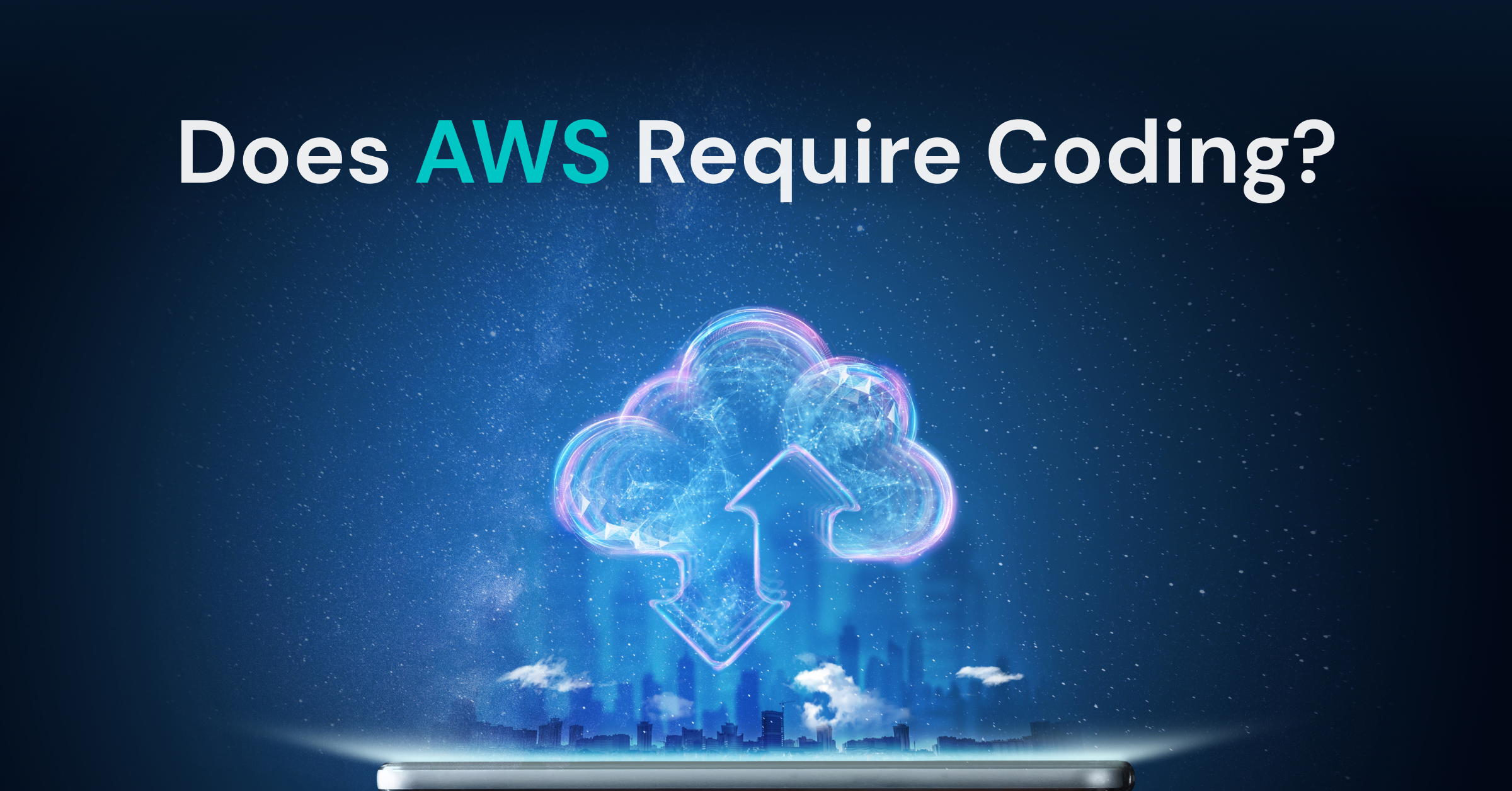

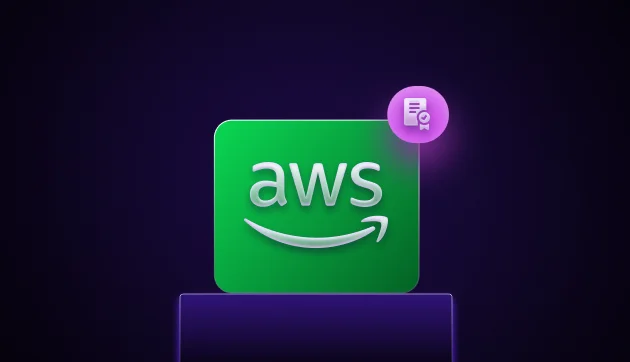
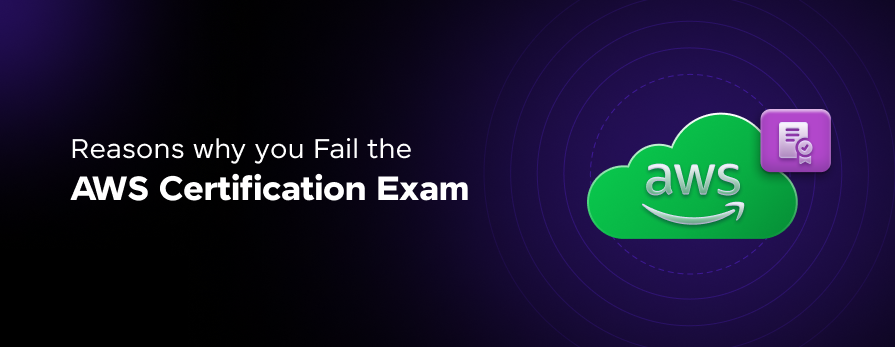

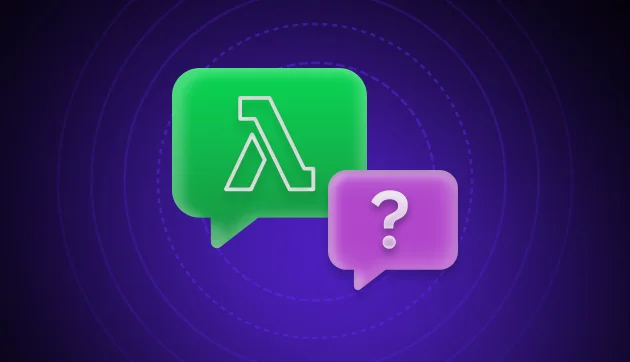
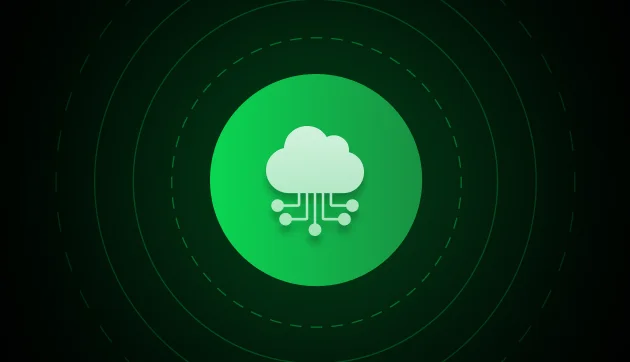





Did you enjoy this article?